Laurent Lecamp, Montblanc’s new Watch Division Director on Building a Brand and Being an Entrepreneur
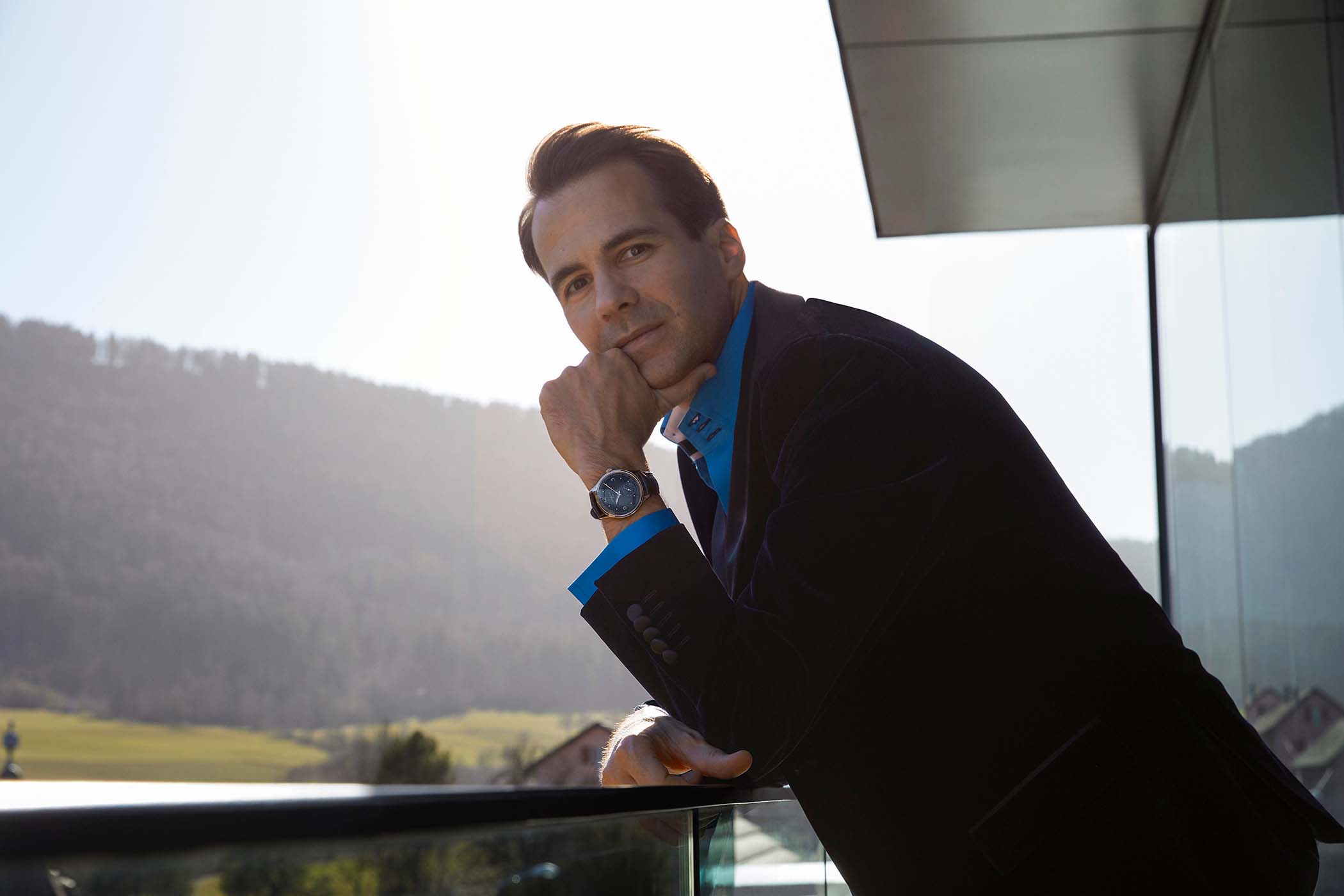
Today we’re talking to Laurent Lecamp, the new director of Montblanc’s watch division. He takes over from Davide Cerrato, who held this position for the past five years. We’ve had Davide Cerrato in front of our camera several times in these past years, explaining the intricate beauty of Montblanc’s ExoTourbillon and the beauty of hand-finishing at the maison’s ateliers in Villeret. Of course we were curious to hear from Mr Laurent Lecamp what his plans for Montblanc’s watch division are, but also why his name already rings a bell… hint: Indie brand Cyrus.
The name Laurent Lecamp may sound familiar, to those who know the independent watch brand Cyrus. That’s at least how I met Laurent, probably some ten years ago at Salon Belles Montres in Paris, when he had just started his adventure in the world of watches. Laurent founded Cyrus together with his cousin, and while the brand might still be a niche player, like most Indie brands, it has been around for a decade and they created some marvelous high-end technical timepiece in collaboration with Jean-Francois Mojon. A few years later, Lecamp joined Carl F. Bucherer and developed the Lucerne-based brand’s business in Asia.
Frank Geelen, MONOCHROME – Can you briefly describe your career in the world of watches before joining Montblanc?
In September 2010 I founded Cyrus together with my cousin, Julien. When we were at Belles Montres, you were one of the first to come to the booth. Together we build that brand from scratch and we were only the two of us in the beginning.
Later a financial partner joined and we could expand and buy a manufacture, which was Chronode, managed by Mr. Jean-Francois Mojon. We had to learn everything, working with the watchmakers, etc. and that was a great learning experience. We developed the company and we had 70-75 employees at the end, when I left.
I wanted work in a more structured environment, learning more about the watch industry. And at the same time Bucherer told me they were looking for an entrepreneur, they needed help to develop some difficult markets. It was Japan, and I became CEO for Japan, it was India, it was Russia and even a part of Switzerland. I was member of the board for strategic development. For instance in India the brand was in the top 25 when I joined and we arrived to a top 3 position. I was working for Bucherer in the same way I was working for Cyrus. Let’s say no budget, no money, how can I develop the brand? But it’s easier with the Bucherer Group behind us than starting from zero with a no-name brand.
After 6.5 years I wanted to do something different again. I could have stayed with Carl F. Bucherer, but it’s that entrepreneurial part of me that wanted to go back to developing. And Montblanc offered the right opportunity as it’s a entrepreneurial company. I can touch everything, do what you want to do and at the same time it’s within a structured group. You know, within the group, we’re the only brand from Richemont with everything in Le Locle, headquarter and manufacture and everything, and that’s why I joined this company.
What do you bring to Montblanc?
I’m bringing two strong assets. The first one is sales, as I was in more than 60-65 countries for developing and selling luxury products. The second one is that I’m very innovative and creative. I don’t necessarily want to change things. So the first time I saw the Montblanc products, very classical, but we can try to more differentiate and how ca we do that?
It’s already really good! We have five clear collections, something in the entry price, something in the middle range, and up to high-end. It’s perfect, but now perhaps, could we develop more differentiation? This is my objective!
To me the Montblanc watches collection has a strong line-up in the segment up to 6-7 thousand Euro, above the 7k there’s not much. As of the 25k point there’s again a strong line-up, with a lot of value for money. But one way or another, there’s a gap. How do you handle this?
Indeed, I also noticed this and asked myself this question. But you know, I think that’s not a problem. When you see that everything is made by hand, when you see that you have people working more than 56 years for the same company, and when you know that the father of this employee was working here for more than forty years as well in Villeret. That is 110 years together and that’s so impressive. This is exactly what I was looking for, the real traditional manufacture. Each component is made by hand, each component is assembled by hand, and everything is made internally. And I spoke to people with 10, 15, 20 years of experience. This is so great.
When you have this level of savoir-faire, so when you show the entry level price, than you can explain that this is something different. We need entry price as well as not everyone can afford a watch of 20, 30 or even 40,000 Euros. So based on the entry price you can explain that this is standard for entry price and middle range. And the all in-house, hand-made watches come at a higher price.
But take for instance the Geospheres, two half spheres. I never saw such a complication on the market. If you observe the Orbis Terrarum, very interesting one. It’s a worldtimer that is working with two disks, not one, as the second disk is indicating day and night. And even the worldtimer is different from the others. And that is exactly what I liked.
The price positioning for example for a QP (=perpetual calendar in English) was below 15,000 Euros, a tourbillon for 30,000-35,000 Euros. So for me that’s interesting. I think the future will be based on perceived value. If you don’t come to the market with a high perceived value, you cannot sell watches anymore.
I do agree, Laurent, and I think that perceived value for Montblanc watches is very good. The hand-finished chronographs, calibre MB16 and MB13, really hold up next to another high-end hand-wound hand-finished chronograph, and the are magnificent value for money. But, there’s still a gap between entry level and high-end. How do you explain this to clients?
When I was around 15 years old, my father offered me a watch. That was a Camel Trophy, a quartz watch, and I still own it today. Now my father wears more expensive watches himself, so I asked him why did he buy this watch for me. He told me that was because I was a young guy, very much into sports, so I thought it was a watch for you. He was right!
But this also shows that we have different stages in our lives and you can start with a Montblanc product at for instance 2,000 Euro. You will have a great experience, also in terms of good finishing, in terms of service, in terms of after sales, but then when you have the possibility to go to another watch, in a higher segment, you might want to go to Montblanc again. And that’s the goal.
I’m very much looking forward to developing the brand!
Thanks to Laurent Lecamp for talking to us, and now we’re very much looking forward to seeing what Montblanc is going to introduce in the upcoming (digital) Watches & Wonders that will start coming Wednesday, April 7th.


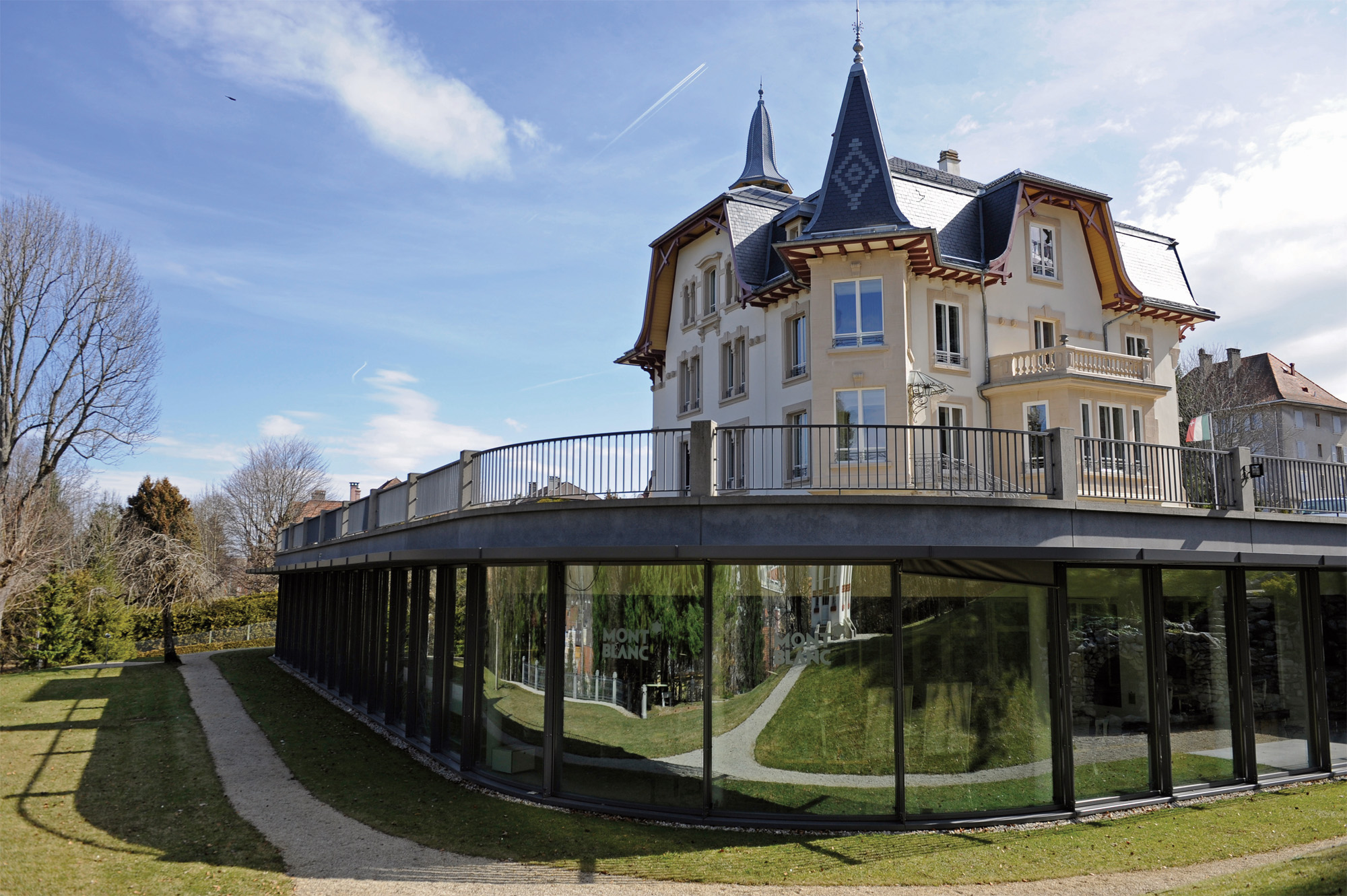
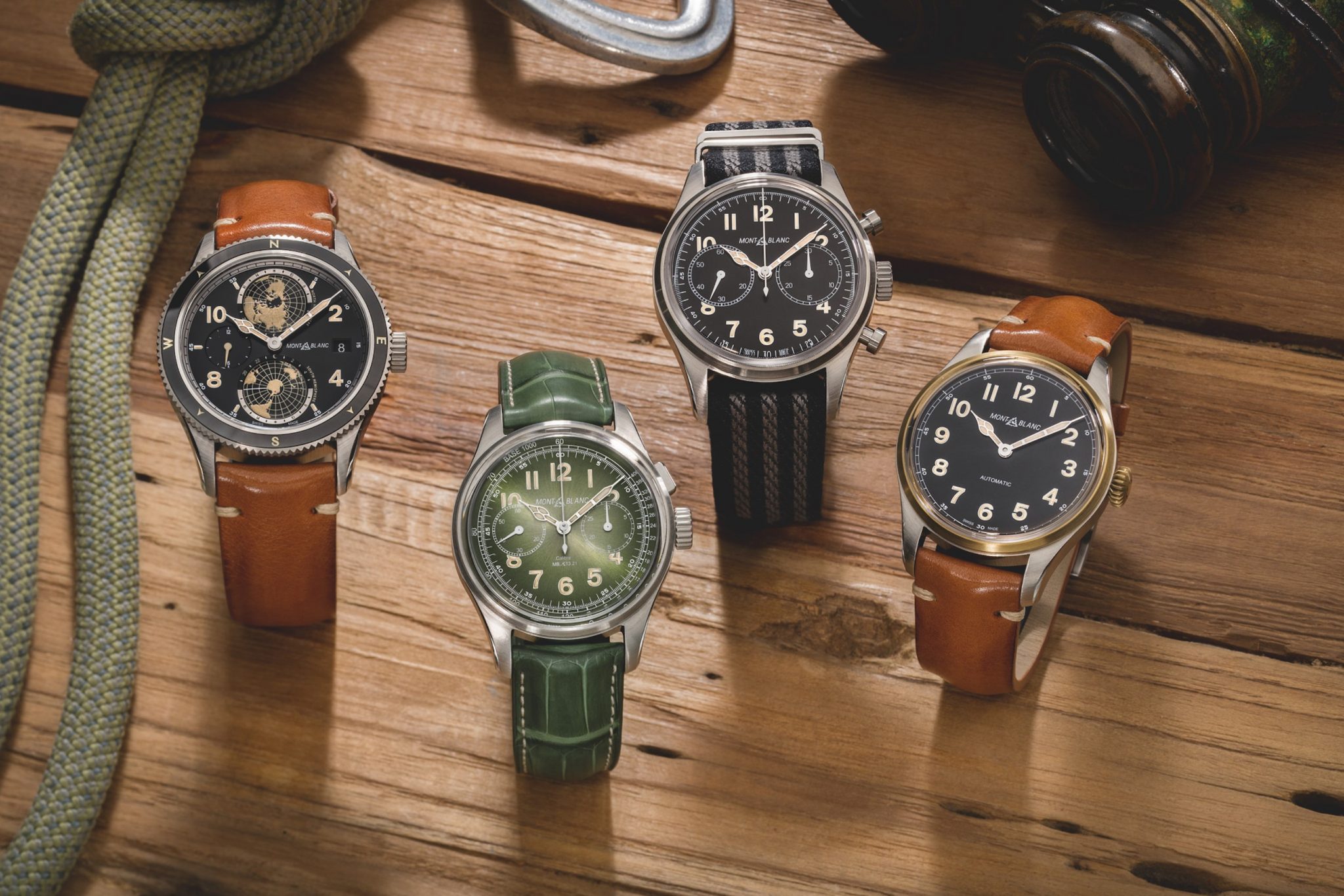
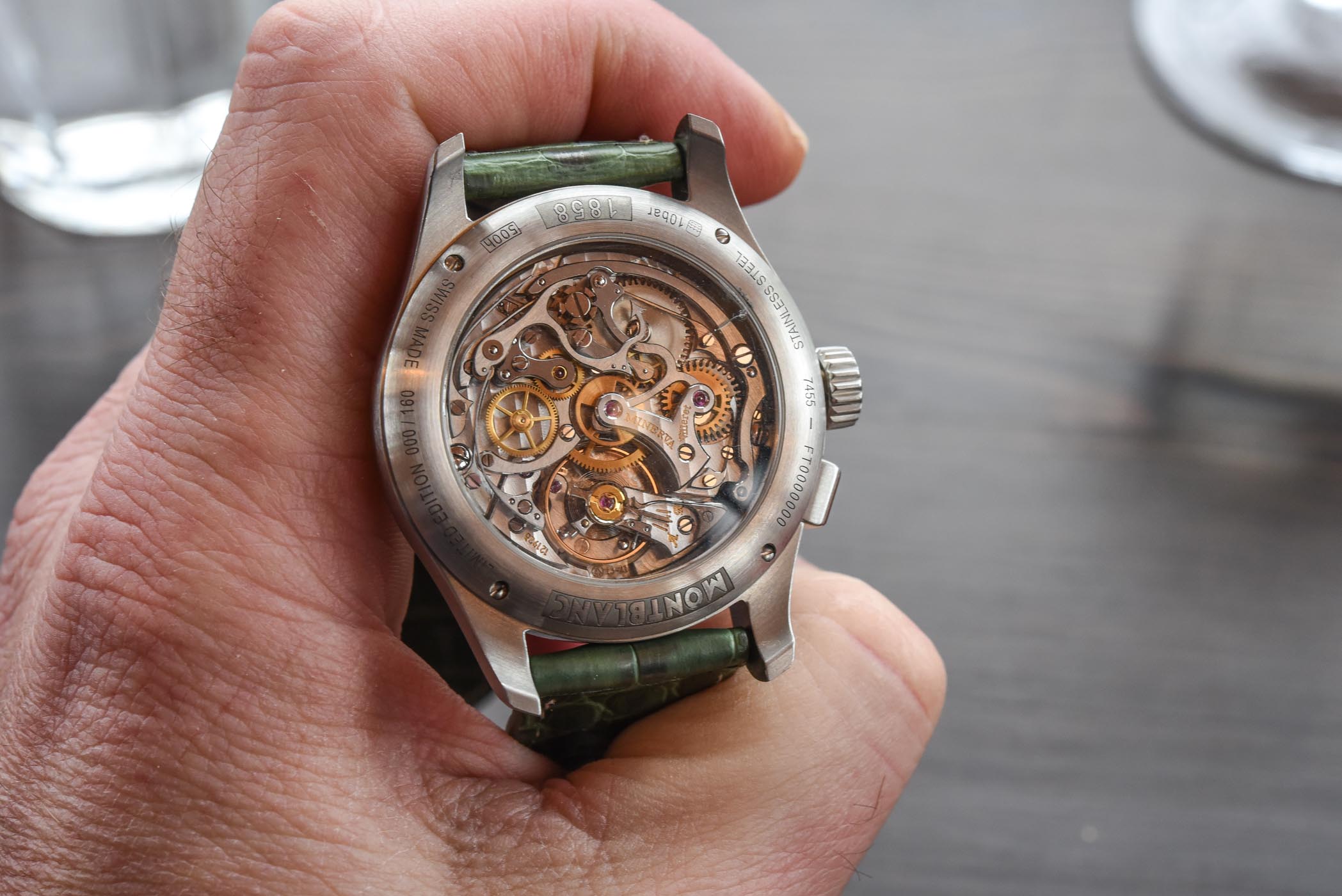
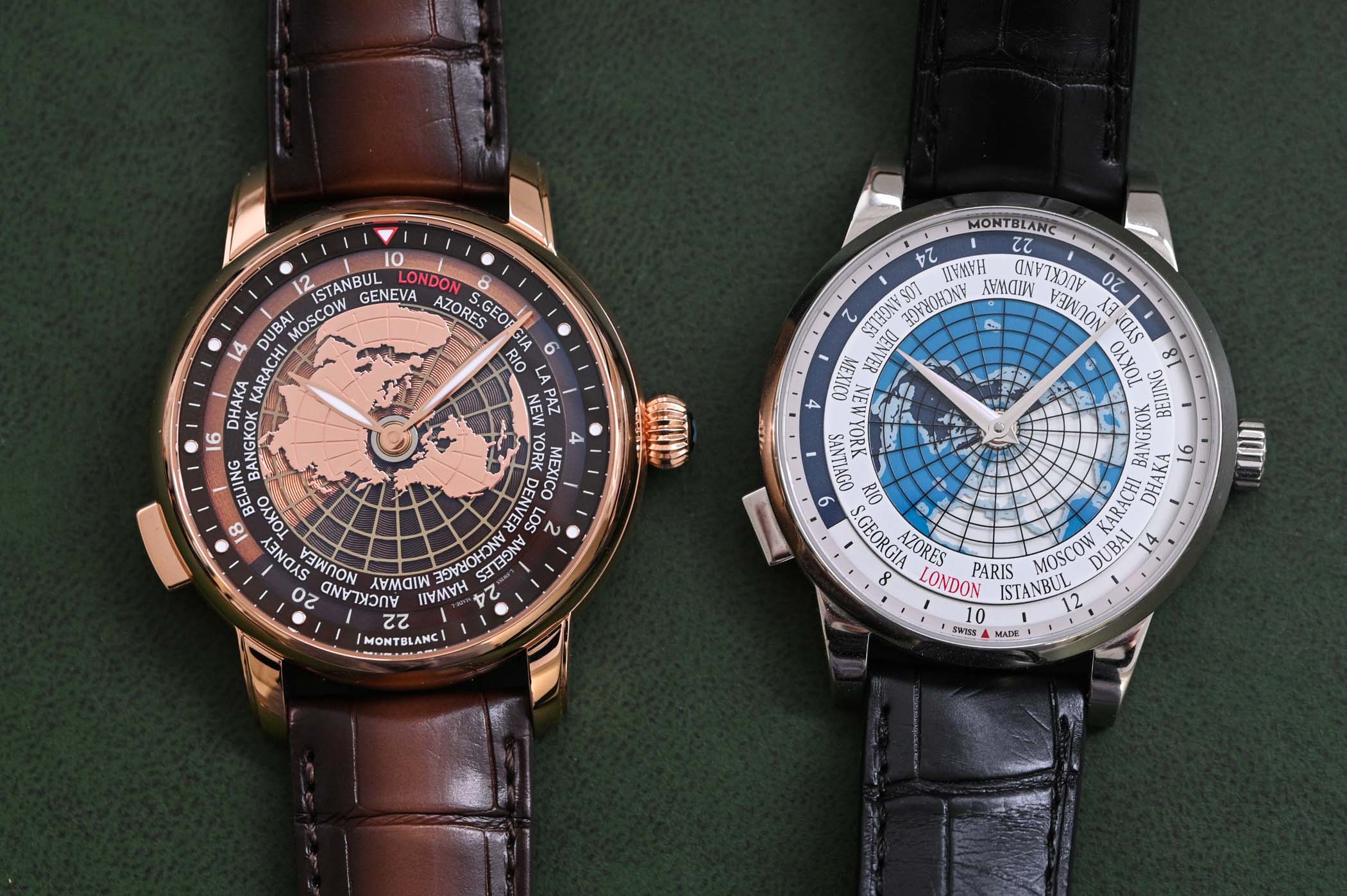
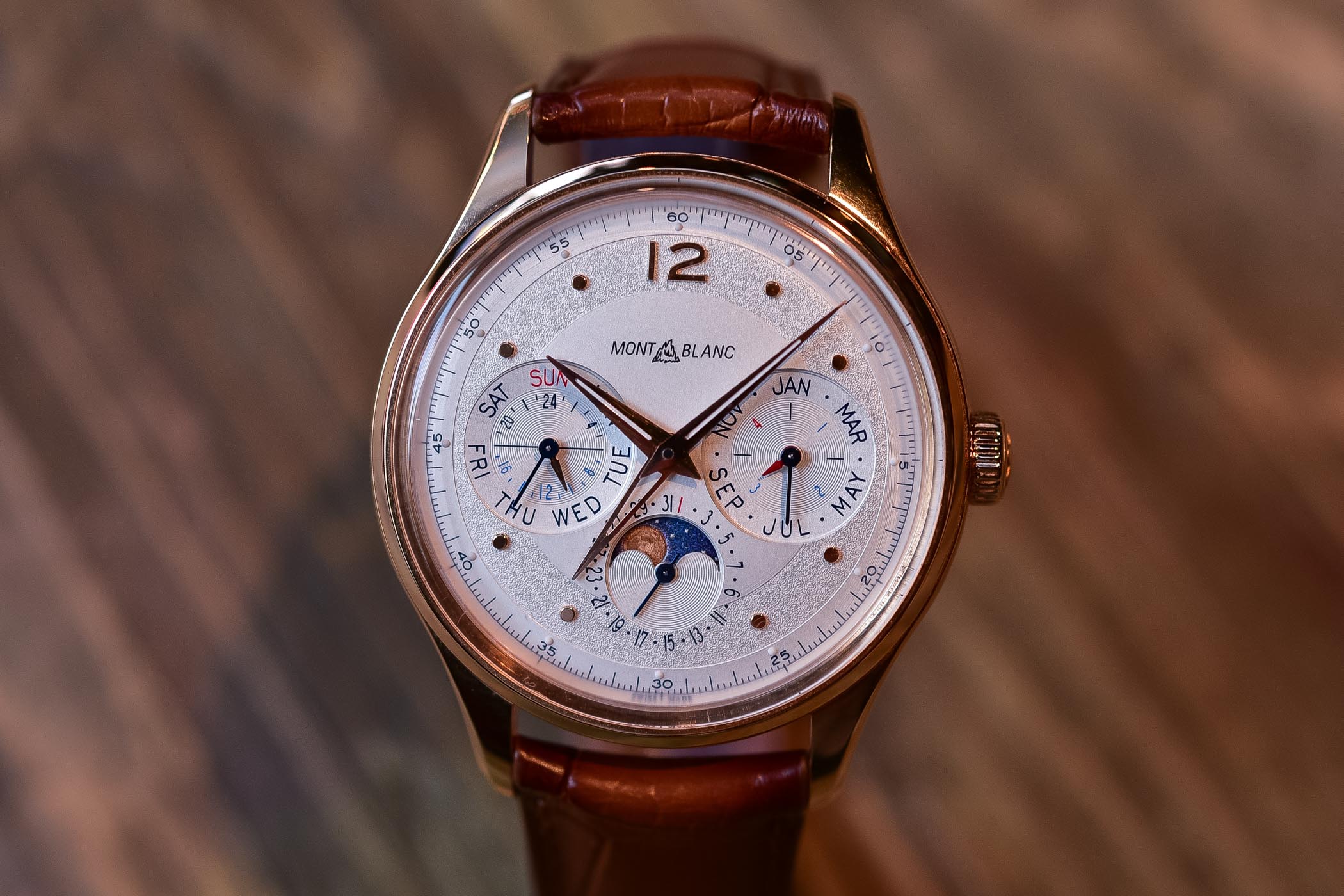

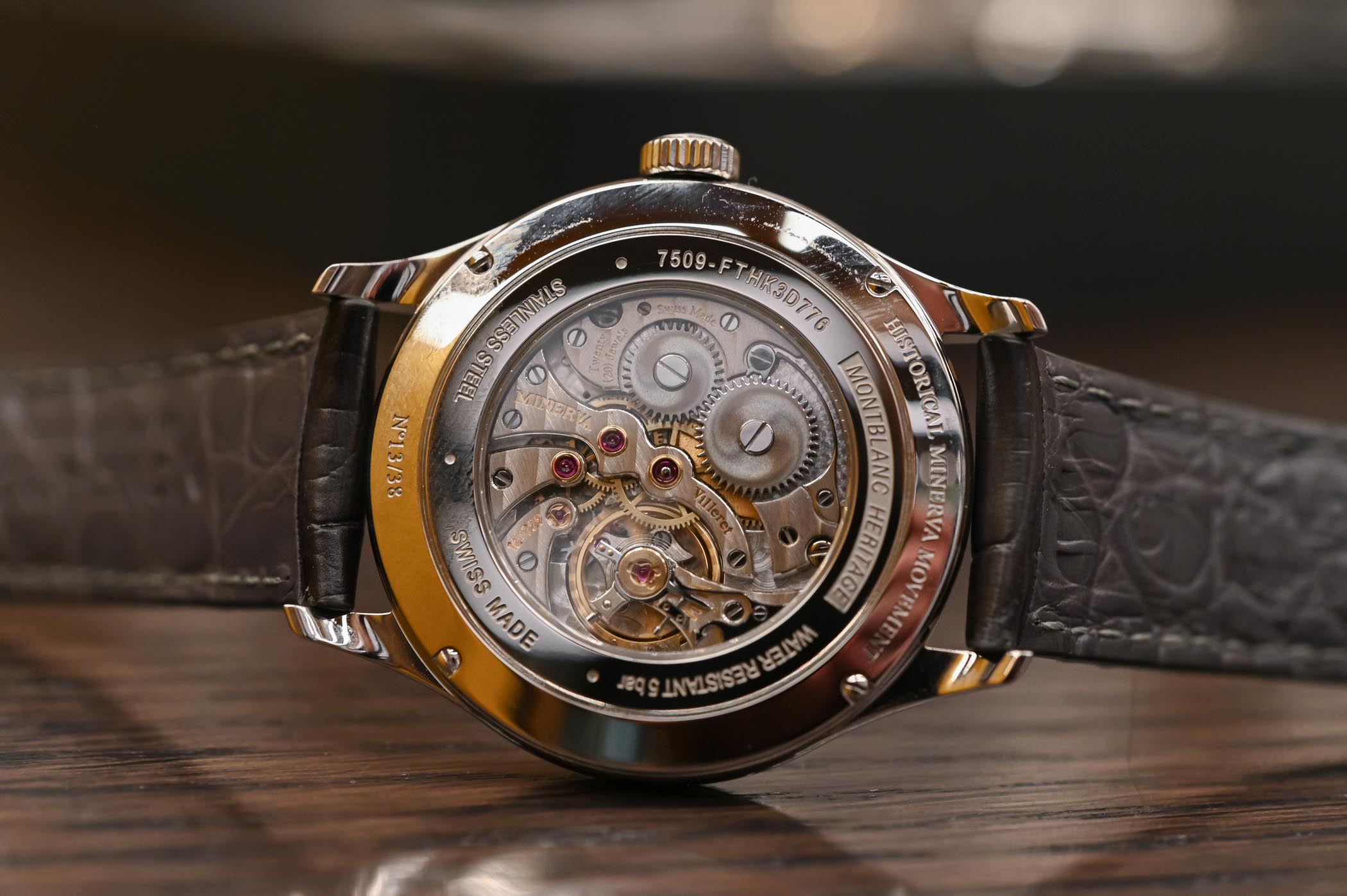
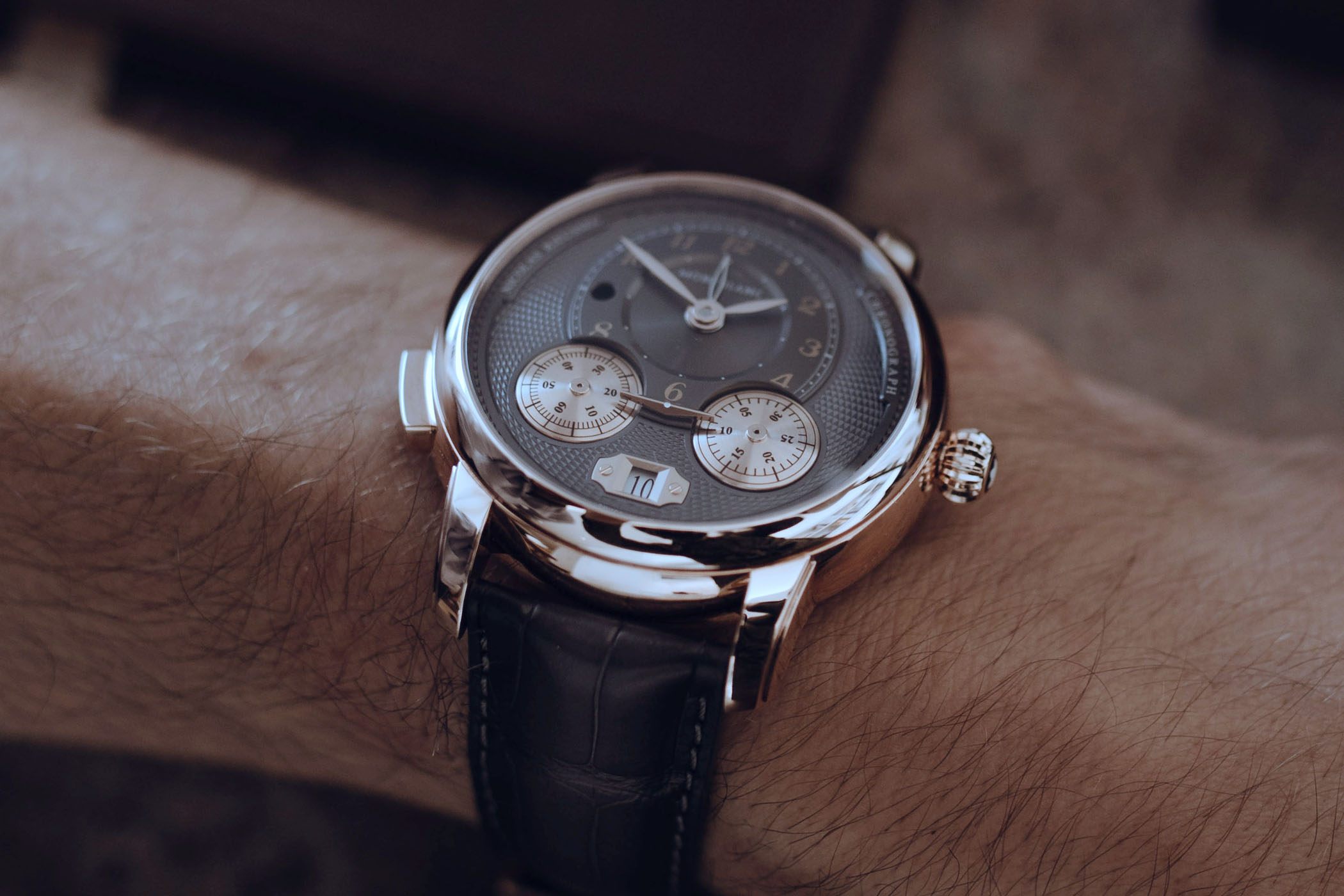



2 responses
Perhaps completely rename your high-end pieces ‘Minerva’, Mr Lecamp – have a more strict delineation, like Chopard and Ferdinand Berthoude. The Montblanc name maybe conveys quality up to around 15K, then it starts to drop, seems to hinder the perception of the piece to a collector.
But I haven’t seen the sales figures for the Minerva calibre pieces so far, so maybe they’re selling well and there’s no need for a change. * shrugs*
Montblanc should separate its watch division from the other products in its portfolio, taking into account the mental association that, still, customers make of the brand with writing and leather products. Watches must have their own website in order to highlight the great quality of their manufacture and make clear the importance that the brand wants to give to the watchmaking in the eyes of the general public. I think this will make a difference and increase sales a lot.